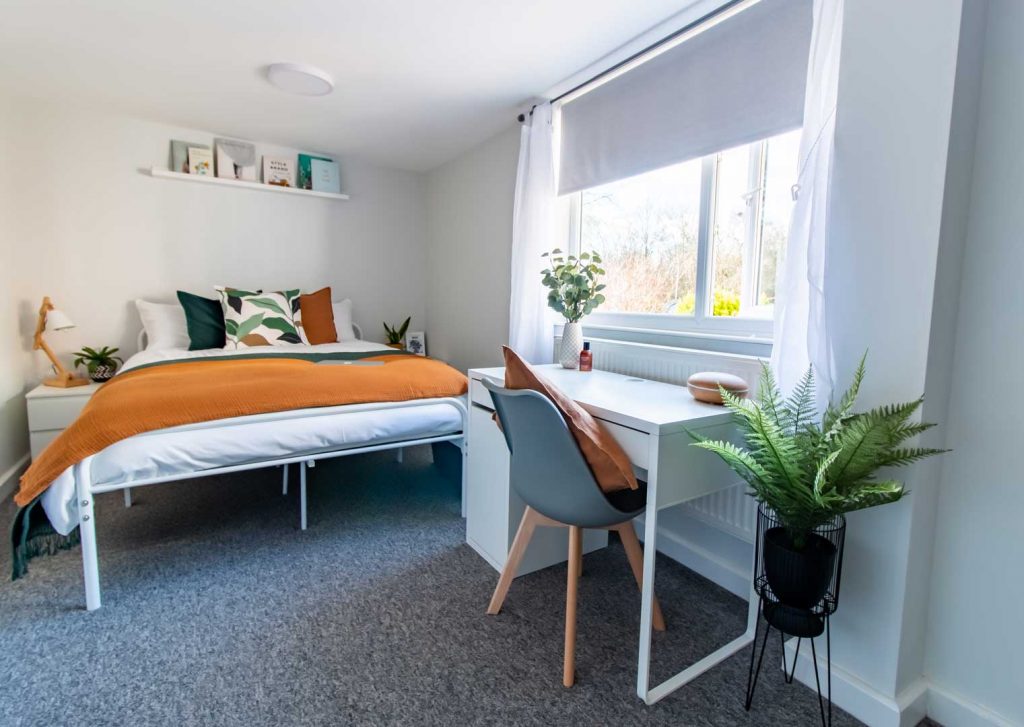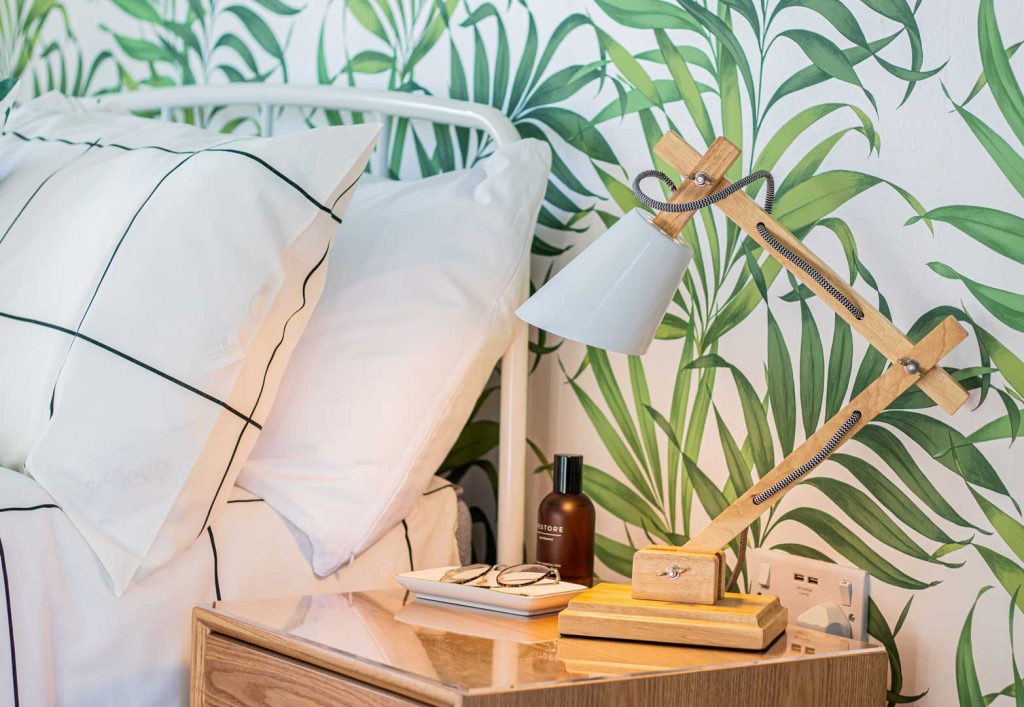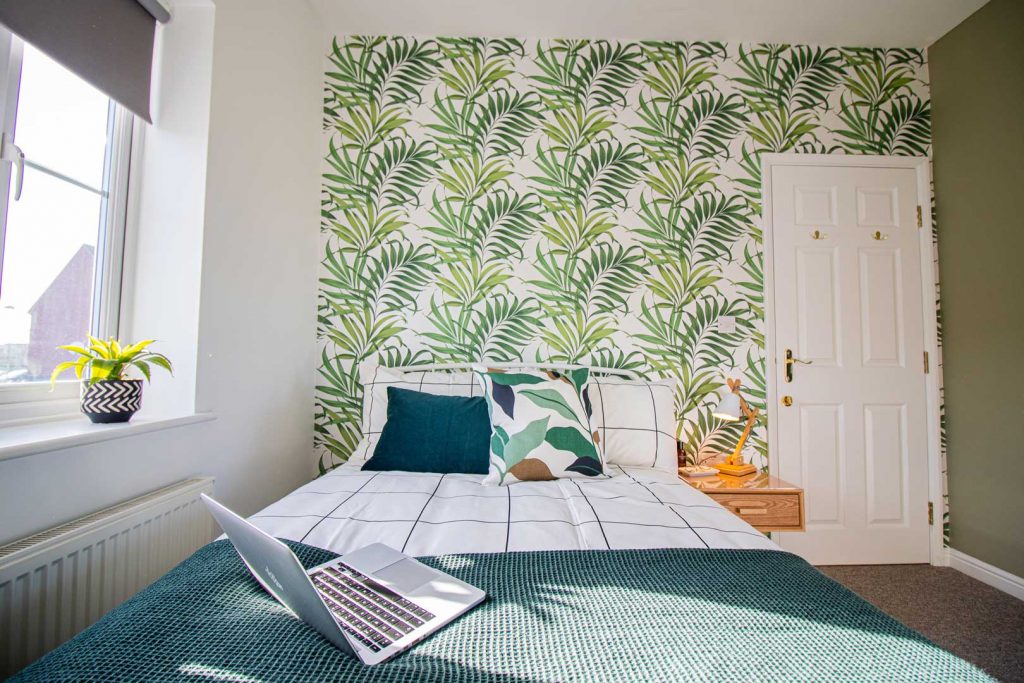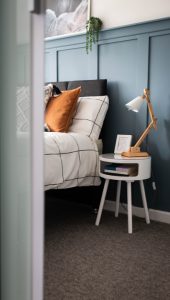If I asked you to close your eyes and imagine a place where you felt completely relaxed, odds are you would be surrounded by nature; perhaps a forest, the mountains, the sea or a meadow. I’m assuming you wouldn’t think of an office or a communal space? Still, the majority of people spend almost 80-90% of their time indoors, going back and forth from their homes to their workplace.
We are now researching alternative design solutions for HMO’s, looking to ‘biophilia’ as a source of inspiration that promotes well-being, health and emotional comfort. When you look at the customer market that are living in these spaces (the Millennials), cases of depression and other mental health issues are on the rise. As landlords, we have a unique opportunity to create a space for this generation where they can feel safe, connected to nature and overall improve their well-being.
What is biophilia?
Biophilia is defined as “an innate and genetically determined affinity of human beings with the natural world.” Since the beginning of time, nature was part of our natural habitat. We relied on nature to provide us with shelter, food and remedies. Fast forward to now, we live in the concrete world – redefining the way we, as humans, interact with nature.

What is biophilic design?
The main concept of biophilia is simple: connecting humans with nature to improve well-being. So how can we, as landlords, accomplish this connection? By integrating nature into our properties.
The strategy is to look towards the natural world and bring some of these characteristics into built spaces: such as water, greenery, natural light, wood and stone. We have also seen the use of botanical shapes and forms being used across HMO’s.
Why do we need biophilic design in our HMO’s?
The WHO (World Health Organisation) expects stress related illness, such as mental health disorders and cardio-vascular disease, to be the two largest contributors to disease by 2020. With a diminished connection to nature we have less opportunity to recuperate our mental and physical energy. Incorporating elements of nature into our homes have been demonstrated through research to reduce stress, blood pressure levels and heart rate, whilst increasing productivity, creativity and self-reported rates of well-being.

How do we implement biophilic design into our HMO’s?
1. Houseplants
Studies has shown that houseplants can remove as much as 87% of airborne toxins in as little as 24 hours. They also improve concentration and productivity by up to 15%, reduce stress levels and boost your mood. Many houseplants are low maintenance and doesn’t require constant care – a spider plant is a good choice or succulents can add a splash of colour to your space.
2. Mimic natural looks
When you’re selecting décor, avoid the clean lines and right angles associated with more modern design approaches. Nature has a diversity of shapes and forms – try looking for botanical wallpaper or soft furnishings.
3. Choose natural materials
One popular solution when integrating biophilic design is the use of wood. Wood is a natural and versatile material and creates a great connection with the outdoors. Studies have shown that wood where the grain is visible relaxes the autonomic nervous system, resulting in lowered stress responses.
Wood offers a unique visual connection with nature. Whether it’s used as flooring, panels, or furniture, the material’s appeal is universal. When it comes to functionality, wood can be applied in all types of spaces and still provide the same visual and emotional connection with nature. An easy and simple way of creating a biophilic design palette for your HMO is to combine wood with greenery and an abundance of natural daylight – maybe that is through skylights on your extensions or large windows.
If you are interested in joining the movement of biophilic design for your property business, chat to us to see how our designers can help you!





